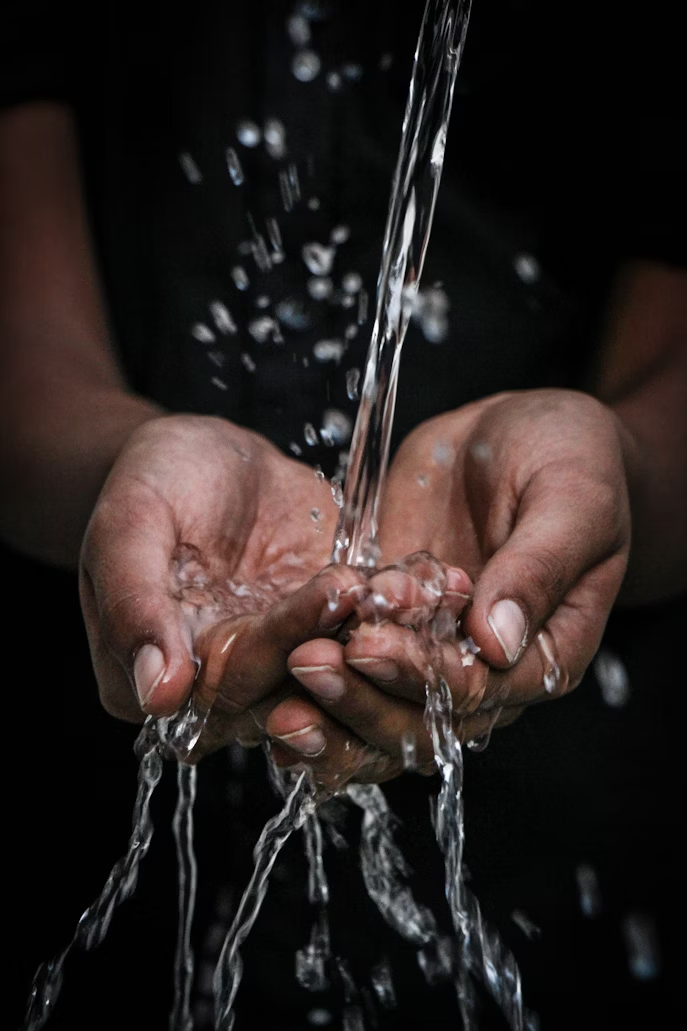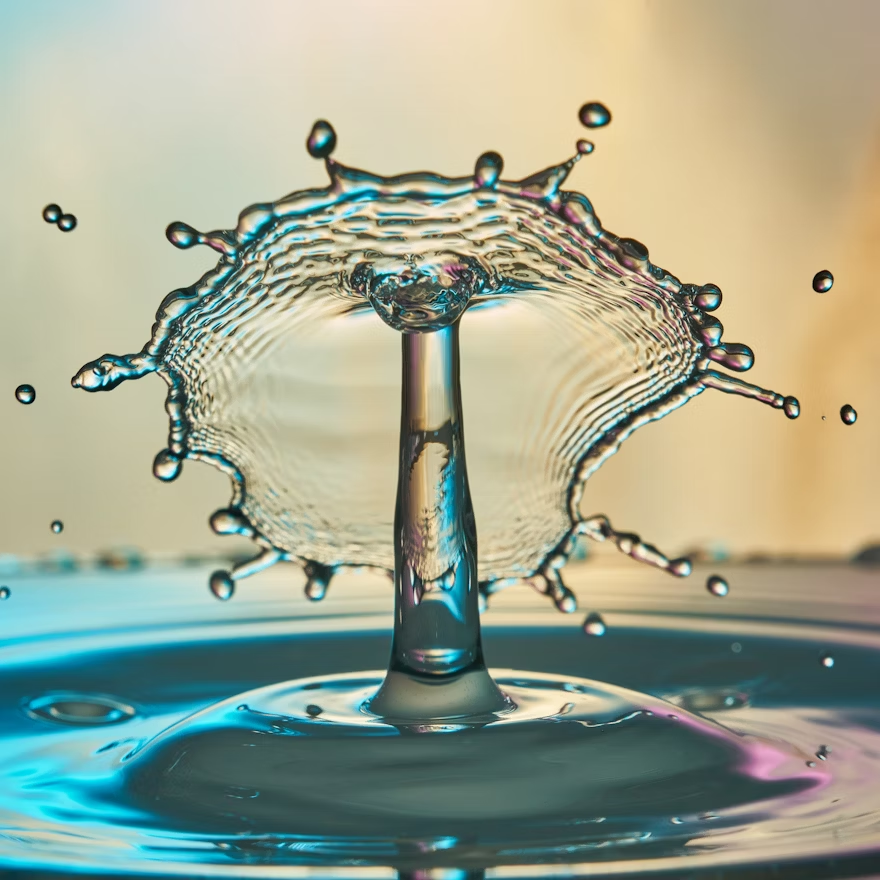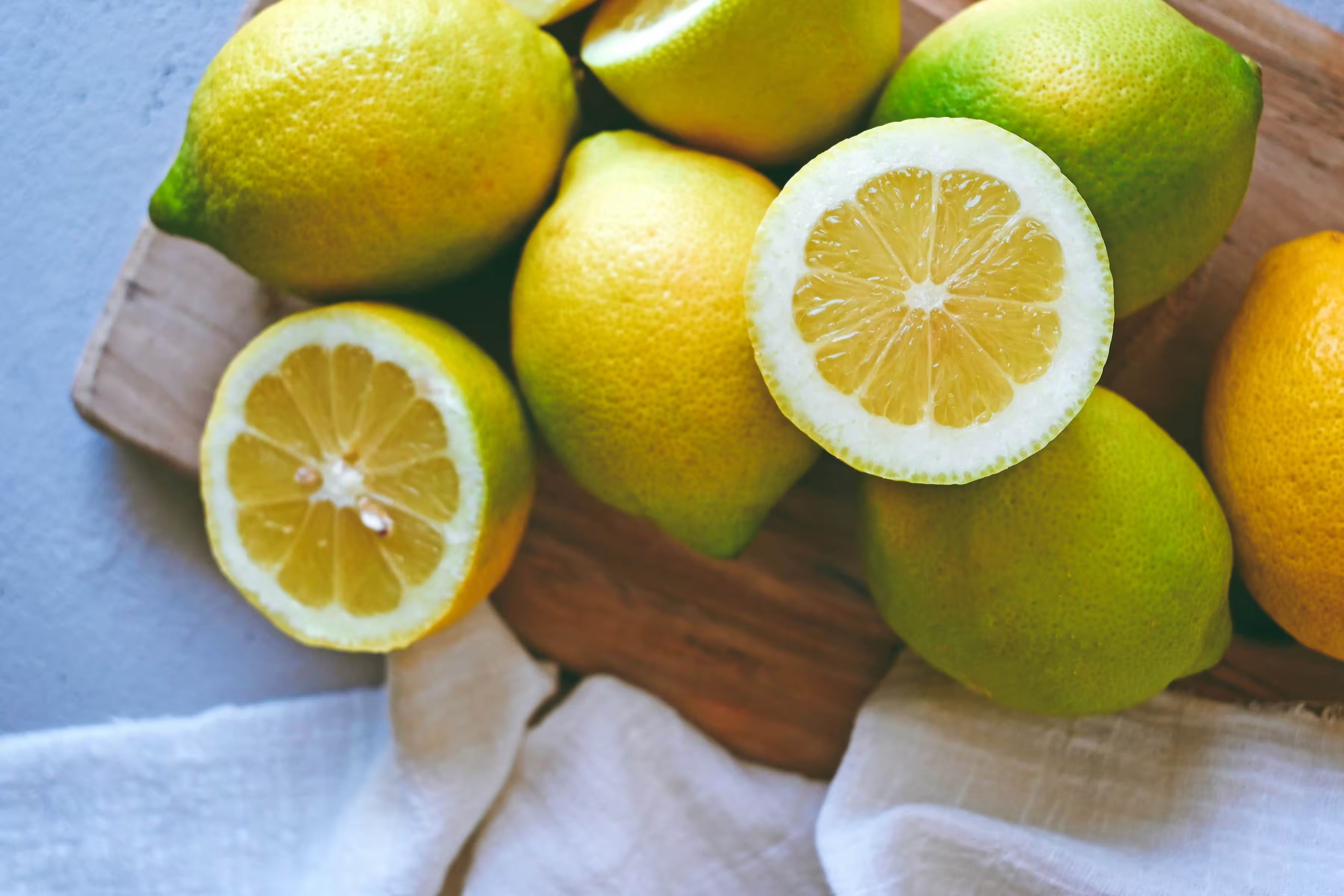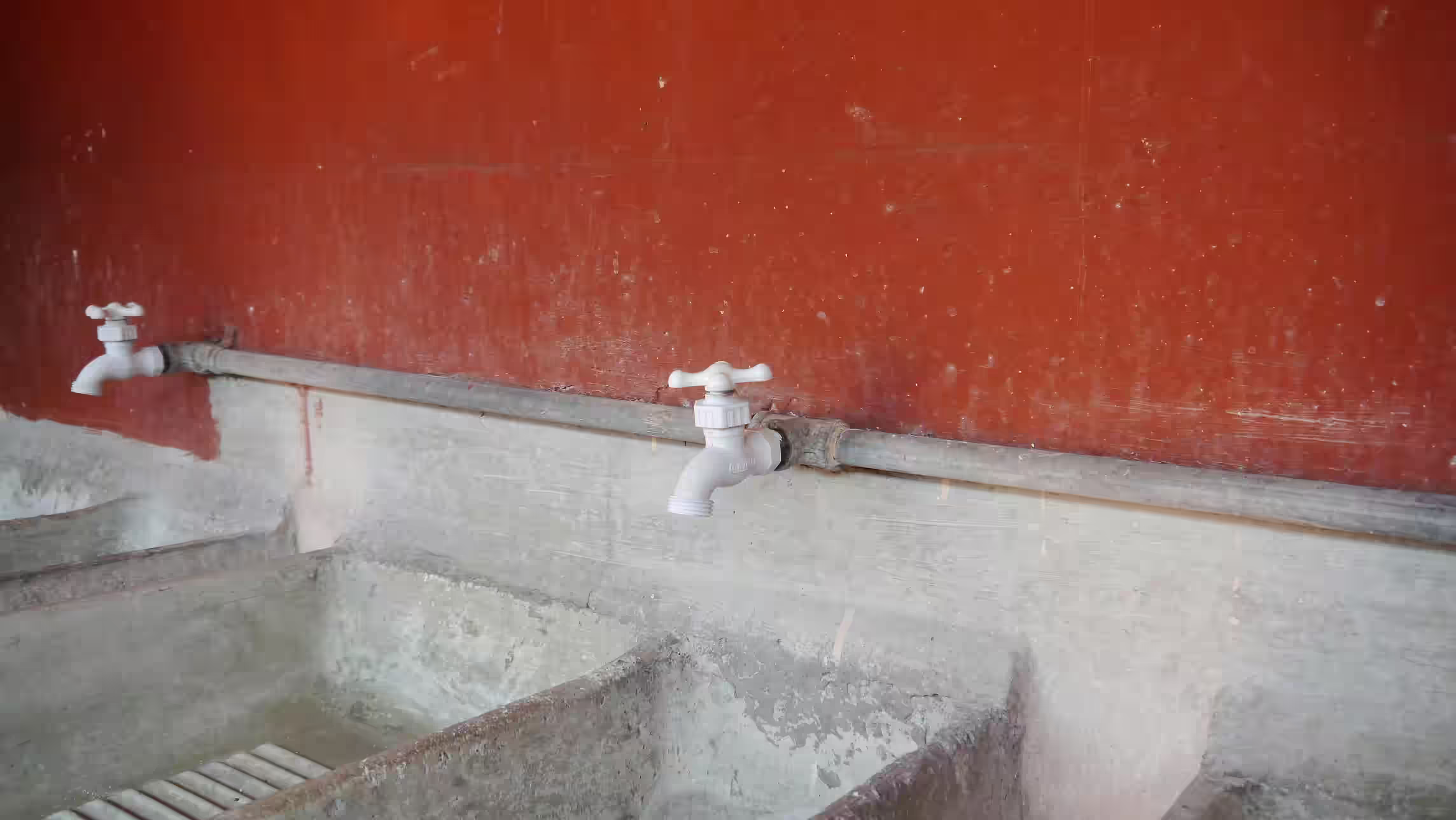

Water has taste and you've been missing it
Your ultimate guide to becoming a water connoisseur and unlocking flavors you never knew existed.
Wait, what? Water has taste?
The flavor hack hiding in plain sight
If you've ever thought all water tastes the same, prepare to have your mind absolutely blown. Plot twist: your taste buds have been experiencing a complex sensory symphony this whole time, and you just weren't tuned in. Time to become the water sommelier you never knew you could be.
Breaking the tasteless myth
Here's the tea (or should we say water?): scientists have completely debunked the myth that water is tasteless. Recent research from 2024-2025 shows that water's flavor profile is actually incredibly complex, influenced by dissolved minerals, pH levels, and even the temperature at which you drink it. Your brain processes water taste through multiple sensory pathways.

Pause & Reflect
When did you last actually taste your water instead of just drinking it?
The science behind your sip
Every drop of water tells a story through its Total Dissolved Solids (TDS) – essentially, the minerals hanging out in your glass. Studies reveal that waters with TDS levels between 200-400 mg/L hit the sweet spot for most people's taste preferences. Go above 800 mg/L? Prepare for some seriously heavy, potentially bitter vibes that'll make you scrunch your face.
Your brain does mineral math
Here's where it gets wild: your taste buds can detect differences as small as 150 mg/L in TDS. That's like being able to taste the difference between two seemingly identical waters just by the mineral content. Researchers have found that taste perception decreases by about 0.23 liking points for every 100 mg/L increase in TDS.
Did you know?

Water temperature changes taste experience
Water minerals are more detectable at room temperature than when ice-cold, completely changing your tasting experience.
Your water detective training
Ready to unlock your inner water detective? Start by focusing on flavor profiles—that crisp, just-from-the-source freshness, pure clean taste with no off-notes, or subtle natural sweetness. Notice if the taste matches the visual clarity, whether it feels gentle and non-assertive, or if you detect noticeable but pleasant mineral notes that make it refreshing and thirst-quenching.
The aroma and texture game
Aroma assessment goes beyond just checking if it's odorless. Look for fresh, appealing scents, natural earthy authenticity, or subtle mineral aromas. For texture and mouthfeel, notice if it feels silky and luxurious, gentle with soft impact, or has that rich, coating creaminess. Some waters even have a slight effervescence or mineral sparkle that creates a tingling sensation.

Pause & Reflect
What if you could taste the geological story of where your water came from?
The conscious tasting hack
Start small, think big. Next time you grab water, pause for 30 seconds and actually taste it. Compare different water types systematically—tap water filtered, bottled spring water, or enhanced and treated options. Try this experiment: taste the same water at different temperatures and notice how the flavor profile shifts completely.
Organoleptic (sensory) perception of drinking water is a crucial factor for consumer acceptance.
Ioanna Karakatsanidou et al., Barcelona Metropolitan Area Water Research Team
The real-world impact
This isn't just about becoming a water snob (though that's kind of fun too). Understanding water taste helps you make better hydration choices, reduces plastic waste by helping you find tap water you actually enjoy, and connects you to the geological story of your local water source. Better hydration equals better skin, improved focus, and higher energy levels.
The regional water personality map
Different regions produce water with distinct flavor signatures based on local geology. Mountain spring water often tastes crisp and light due to minimal mineral contact, while water from limestone regions carries a characteristic smooth, slightly sweet profile. Volcanic regions create mineral-rich waters with complex, earthy undertones. Your local tap water reflects the underground journey through specific rock formations.
Why some waters feel addictive
Ever notice how certain waters leave you craving more while others feel unsatisfying? It's not in your head. Waters with balanced mineral profiles trigger optimal hydration signals in your brain, while mineral-deficient or overly mineralized waters can leave you feeling thirsty even after drinking. This explains why you might prefer certain brands or sources—your body recognizes superior hydration quality.
Closing thoughts












